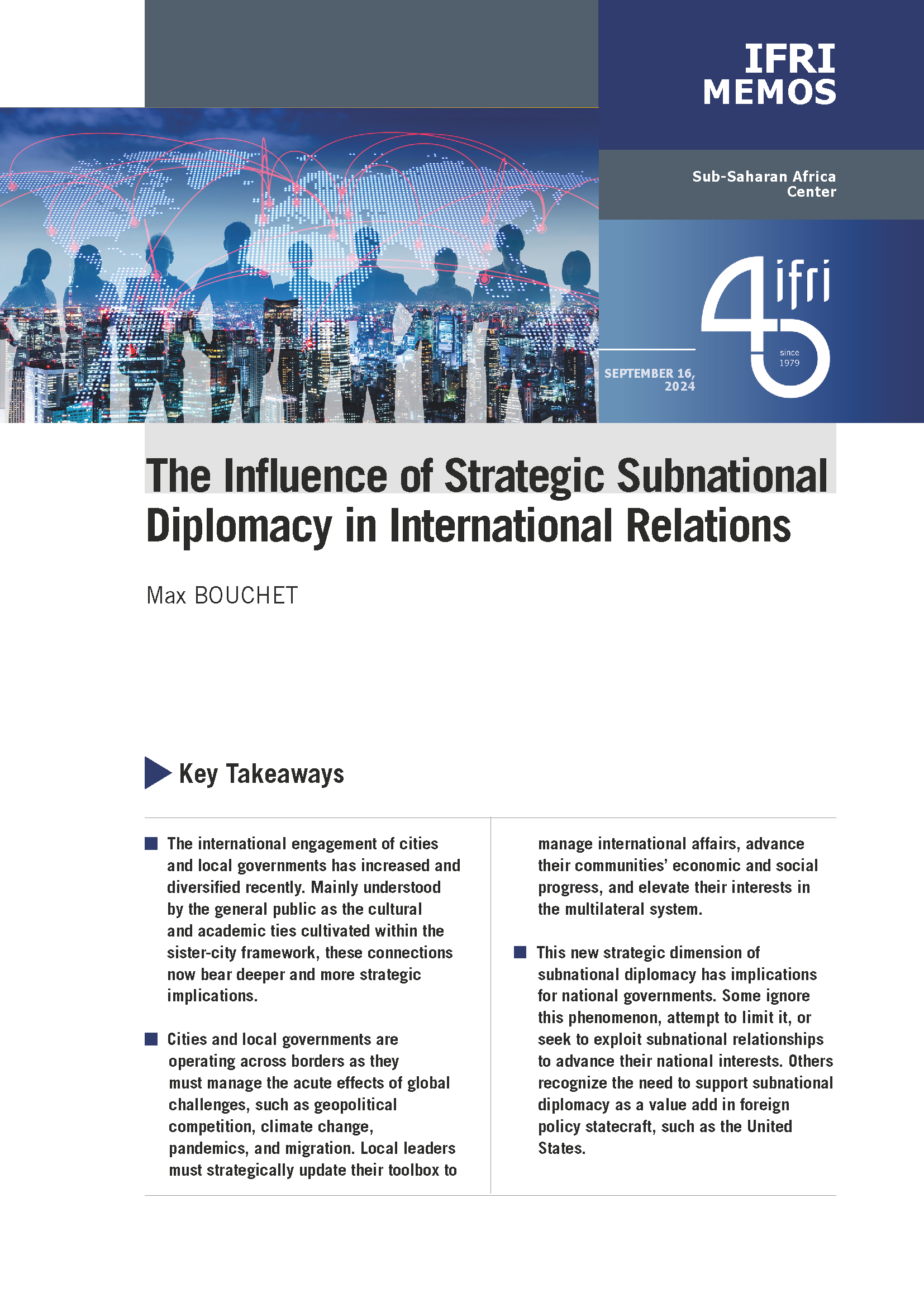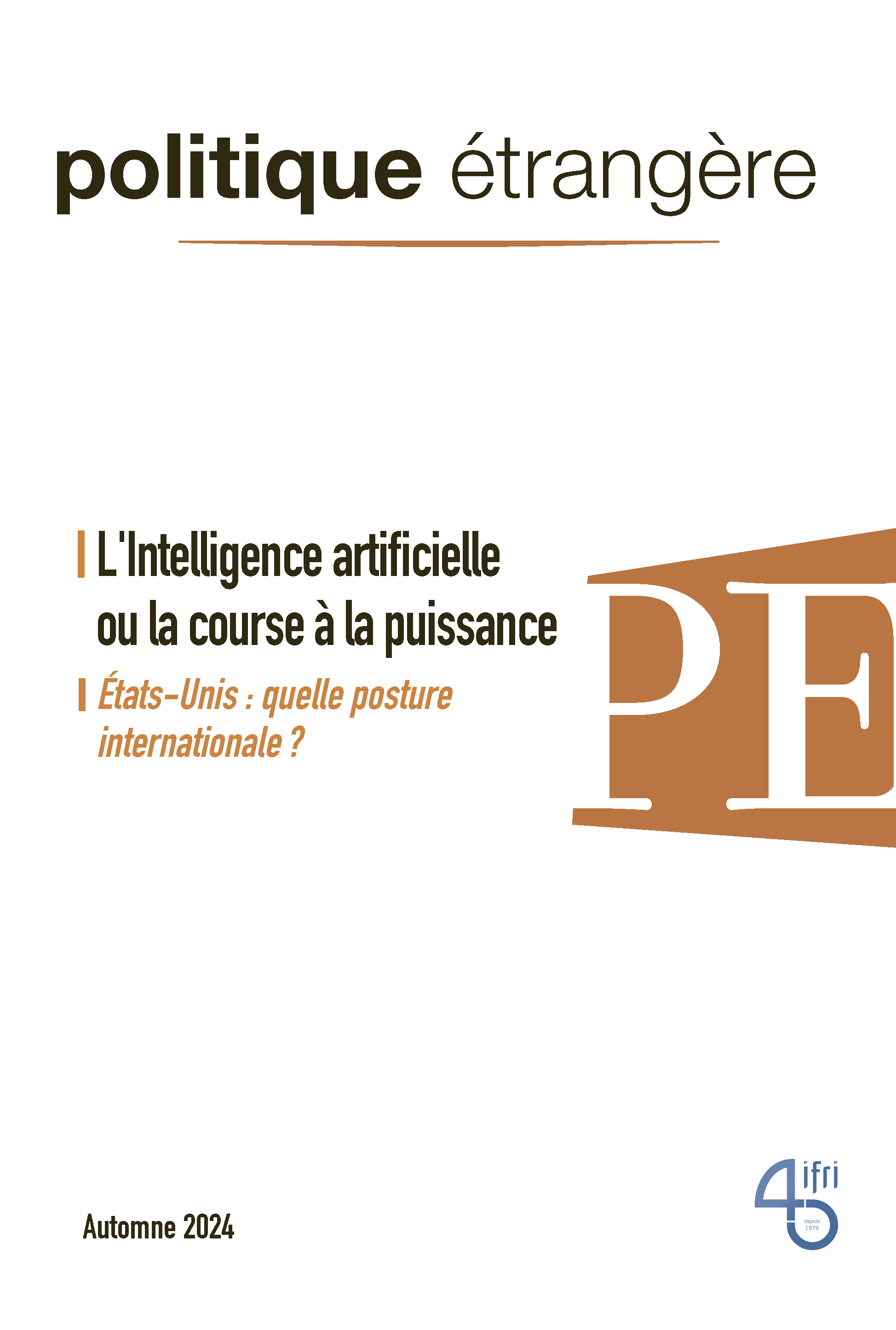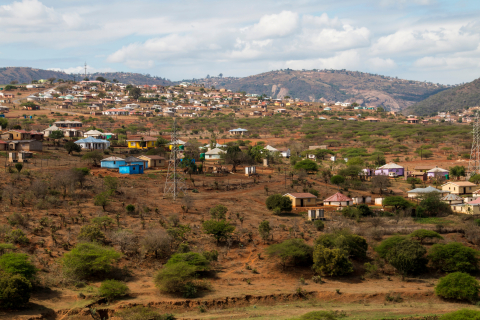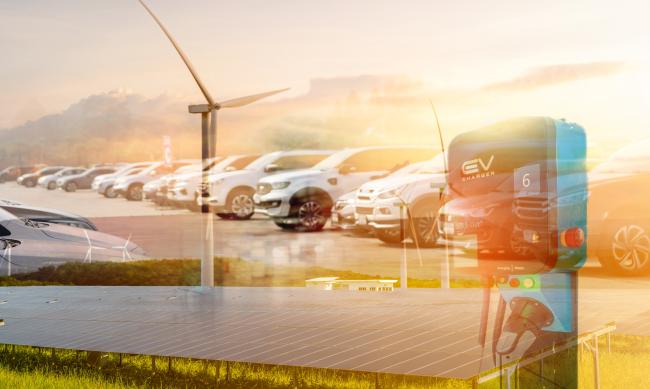Energy Efficiency: The Commission's Complicated Calculations

Who hasn’t heard of the 3x20, those pillars of European energy policy? And yet who is able to give their exact definition?
Recently, the Commission announced that current efforts are insufficient to achieve the third goal, concerning the improvement in energy efficiency.
How is it calculated? From 1990, as is generally thought? Wrong. The Commission is basing its target on 2005. Using the PRIMES baseline scenario, it estimated in 2007 that the EU"s primary energy consumption in 2020 would be 1968 million TOE. This scenario presumes:
• An annual 2.2% economic growth rate from 2005 to 2020,
• Reductions in energy consumption due to the effects of prices, structural changes and already-adopted measures.
These reductions are estimated at 1.8% per year throughout the period, which is divided between the impact of structural changes (0.6%), the effects of existing policies (0.35%) and independent progress in efficiency (0.85%). Moreover, the 2020 estimate already takes into account the 470 million TOE energy consumption reductions resulting from the drop in industrial activity in former Soviet Bloc members of the EU and the more efficient subsequent growth.
It is from the figure of 1968 million TOE which the Commission deducts a deliberate proportion of 20%, that is roughly 390 million TOE. The objective to achieve in 2020 now amounts to about 1575 million TOE.
Then the crisis arrived, and with it the plummet in growth. PRIMES reconsidered the 2020 forecast taking into account measures taken up to 2009 and fixed it at 1781 million TOE. Conclusion: We are still 204 million TOE short of achieving the much talked-about 1575.
More effort, Europeans. The crisis alone did not accomplish enough, it was still necessary to put into place the supplementary regulations required by the Commission.
These calculations can only create unrest. In fact, the only important objective for the struggle against climate change is the absolute reduction in greenhouse gas emissions. We have obligations towards humanity, but it is absolutely not necessary to break ourselves in fulfilling them. And let us place more trust in the prices (including that of carbon) and in the behaviour of economic agents.
Related centers and programs
Discover our other research centers and programsFind out more
Discover all our analysesThe Aluminum Value Chain: A Key Component of Europe’s Strategic Autonomy and Carbon Neutrality
The United States of America (US), Canada and the European Union (EU) all now consider aluminum as strategic. This metal is indeed increasingly used, especially for the energy transition, be it for electric vehicles (EVs), electricity grids, wind turbines or solar panels.
The EU Green Deal External Impacts: Views from China, India, South Africa, Türkiye and the United States
Ahead of June 2024 European elections and against the backdrop of growing geopolitical and geoeconomic frictions, if not tensions, between the EU and some of its largest trade partners, not least based on the external impacts of the European Green Deal (EGD), Ifri chose to collect views and analyses from leading experts from China, India, South Africa, Türkiye and the United States of America (US) on how they assess bilateral relations in the field of energy and climate, and what issues and opportunities they envisage going forward.
Electric Vehicles: A Strong and Still Understated Performance
Electric vehicles (EVs) are better for the climate – even in worst-case scenarios. Across its life cycle, a typical European electric car produces less greenhouse gas (GHG) and air pollutants or noise than its petrol or diesel equivalent. Emissions are usually higher in the production phase, but these are more than offset over time by lower emissions in the use phase. According to the European Environment Agency’s report on electric vehicles, life cycle GHG emissions of EVs are about 17-30% lower than those of petrol and diesel cars.
How Can the Green Deal Adapt to a Brutal World?
The European Green Deal has not been planned for the current extraordinarily deteriorated internal and external environment. Russia’s war in Ukraine, higher interest rates, inflation, strained public finances, weakened value chains, and lack of crucial skills pose unprecedented challenges.














